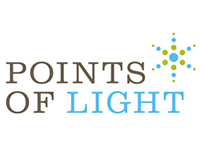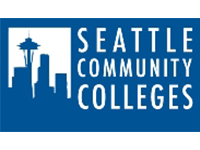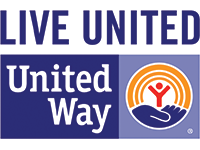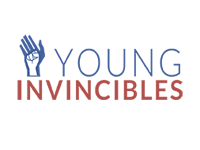Study: R.I. trails N.E. states in opportunity index
 •
•
PROVIDENCE, R.I. — Access to the American Dream has improved over the past five years by nearly 9 percent nationwide, yet despite improvement in Rhode Island, the Ocean State continues to trail its New England neighbors, according to a national report to be released Tuesday.
Rhode Island ranks 25th out of the 50 states plus Washington, D.C., on the fifth annual “U.S. Opportunity Index,” developed and released by the bipartisan Opportunity Nation and by Measure of America. Rhode Island’s overall “Opportunity Score” has improved by 7.5 percent. The index examines 16 economic, educational and civic indicators that expand or constrict access to economic mobility.
Four out of New England’s six states have ranked in the Top 10 for the past five years — with Vermont ranking first in all five years, showing the most access to opportunity. Maine ranked 16th this year after fluctuating between 12th and 16th.
In Rhode Island, which is still struggling to recover from the Great Recession, two key factors that contribute to the state’s ranking help explain why the state fares worse than the region: poverty and the number of young adults considered “disconnected youth” since they are not in school or working.
“This five-year view of opportunity clearly shows that where you grow up plays too large a role in access to the American Dream,” Opportunity Nation Executive Director Monique Rizer said in a statement. “In too many places, zip codes determine how far one goes in life. This persistent opportunity gap, particularly for our nation’s youth, is unacceptable.”
Here in Rhode Island, poverty has grown by more than 24 percent over the past five years — more than twice the national increase, according to the data. More than 14 percent of Rhode Islanders — 150,630 people — live at or below the federal poverty threshold in 2015, defined as $24,250 for a family of four.
“Disconnected youth,” ages 16 to 24, increased by nearly 15 percent from 2011 to 2015. This year, 12.4 percent of the state’s youth — or 18,386 — are neither in school nor working.
Yet Rhode Island also improved in a number of categories over the past five years: Its unemployment rate fell by 49 percent, from 11.2 percent to 5.7 percent; civic engagement — membership in civic, social, religious or sports organizations — rose 12 percent; access to high-speed Internet increased 10 percent; access to medical doctors increased more than 13 percent; and one-time high school graduation increased by more than 4 percent.
Opportunity Nation is a national coalition of more than 350 businesses, nonprofits, educational institutions and community leaders whose mission is to expand economic mobility and close the opportunity gap. Its partner on the index, Measure of America, is a project of the Social Science Research Council.
The three categories in the index — economic, educational and civic — are each weighted equally, Opportunity Nation’s managing director Russell Krumnow said in an email interview with The Providence Journal. The five years of data show communities with lower levels of poverty and youth disconnection tend to score better on the annual index. Therefore, strengthening education and career opportunities is a focus of Opportunity Nation’s work, he said.
In 1970, Krumnow said, Rhode Island “was among the top 10 states” in providing opportunity. Now, he said he hopes Rhode Islanders “aren’t discouraged” by the index: “With the right mix of programs, approaches and policies, there’s no reason why [Rhode Island] can’t make up some lost ground and continue to improve on its Opportunity Score over the next few years.”









